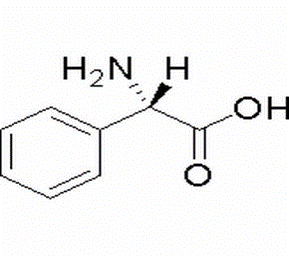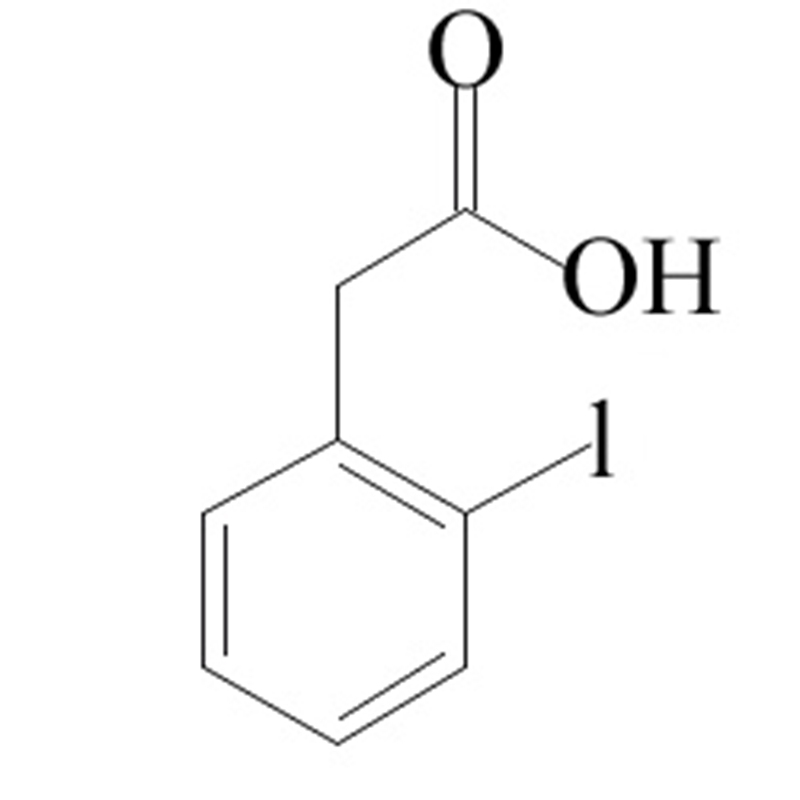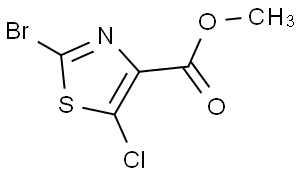5-Amino-2 3-dichloropyridine(CAS# 98121-41-6)
| Risk Codes | R36/37/38 – Irritating to eyes, respiratory system and skin. R41 – Risk of serious damage to eyes R37/38 – Irritating to respiratory system and skin. R25 – Toxic if swallowed |
| Safety Description | S26 – In case of contact with eyes, rinse immediately with plenty of water and seek medical advice. S36/37 – Wear suitable protective clothing and gloves. S36 – Wear suitable protective clothing. S45 – In case of accident or if you feel unwell, seek medical advice immediately (show the label whenever possible.) S39 – Wear eye / face protection. |
| UN IDs | 2811 |
| WGK Germany | 3 |
| HS Code | 29333999 |
| Hazard Class | 6.1 |
| Packing Group | Ⅲ |
Introduction
5-Amino-2,3-dichloropyridine(5-Amino-2,3-dichloropyridine) is an organic compound with the chemical formula C5H3Cl2N. It is a white solid with a special smell.
5-Amino-2,3-dichloropyridine has many important applications. One of these is its use as an intermediate in the pharmaceutical and agricultural fields. It can be used in the synthesis of various pharmaceutical compounds and pesticides. In addition, it can also be used as a synthetic intermediate for dyes and pigments.
There are many methods for preparing 5-Amino-2,3-dichloropyridine. The common method is to react 2,3-dichloro-5-nitropyridine with ammonia. The specific reaction conditions can be optimized according to actual needs.
Regarding safety information, 5-Amino-2,3-dichloropyridine is a hazardous substance. Wear appropriate personal protective equipment such as chemical goggles, gloves and protective clothing when handling. Avoid inhaling its gas or dust, and ensure that the work area has good ventilation. In case of accidental contact, rinse skin or eyes immediately with plenty of water and seek medical help. Correct chemical safety procedures should be followed during storage and handling.








